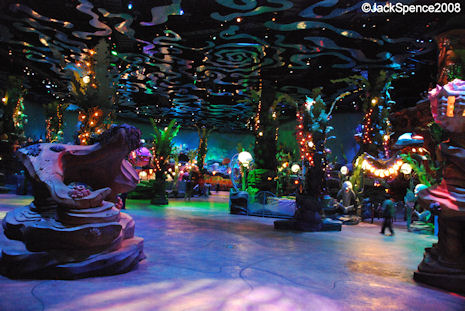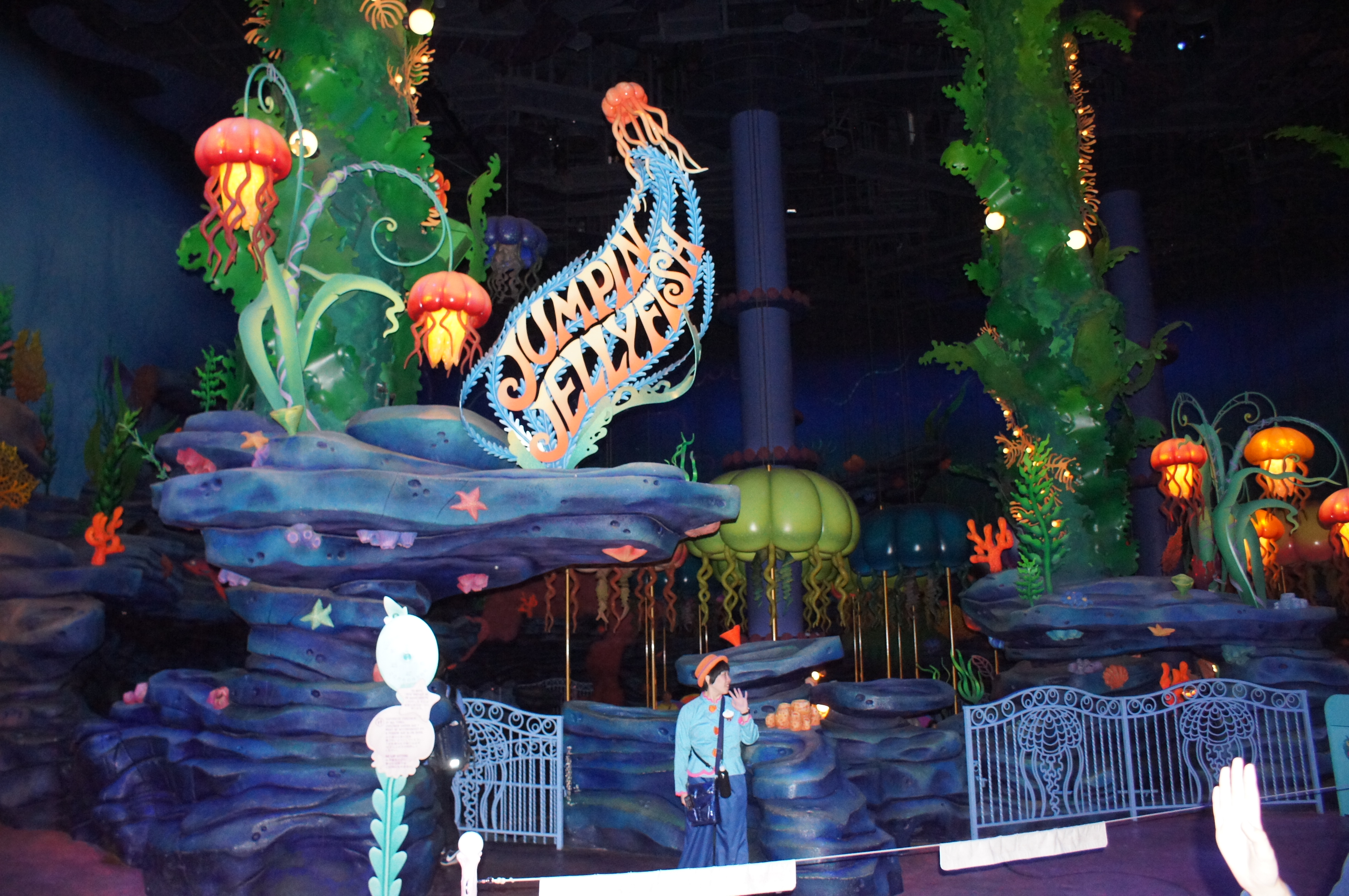Cosmic Commando
Well-Known Member
I've had this conversation with @Pixiedustmaker previously - I don't think it's realistic to have a 5 1/2 minute dark ride tell the entire story of the movie. It's going to hit the highlights, and that's what mermaid does. It's like Star Tours, it's a best of even if not everything fits in chronologically. The other option is for the ride to be an extension of the story (not the approach they took with Mermaid). I think the Under the Sea scene is a lot of fun, and it really is the "show stopper" in the movie and the ride.
I think if you're looking at the movie and you're just starting to work on a ride, you're thinking you definitely need "Under the Sea", "Part of Your World" and "Poor Unfortunate Souls". Those three scenes I think are done pretty well. The rest of the ride I think suffers from trying to hit every plot point in the movie and DCA's space limitations. I agree that the first Ariel is probably too close to the beginning of the ride, but just look at that plot in DCA: the building is really wedged in there and there's almost no interior queue. They built as much ride as they could; I'm just not sure it was enough.This gets at why I think attractions like Mr. Toad's Wild Ride, Splash Mountain and even Peter Pan's Flight (to an extent) work so well. They're not about telling the story of the film. They're built within the worlds and take us on a slightly different adventure within these worlds, one that has been recontextualized for the medium of the dark ride. Even Star Tours is just a tour of the Star Wars universe, not reliving any one of the films. I think this is where The Little Mermaid hit its story faults, is in sort of waffling between giving us an experience of the world under the sea ("Under the Sea" and Ursula scenes) while also trying to make sure the ride follows some of the film.
On somewhat of a side note, I think the "Under the Sea" scene would actually be improved by removing something. The two whirylgig spiral thingys right in the middle of the room are huge and, because of the construction method, I feel like you're seeing more behind-the-scenes support bar for the fish than you're seeing actual fish. My eyes were drawn right to them on every ride.






